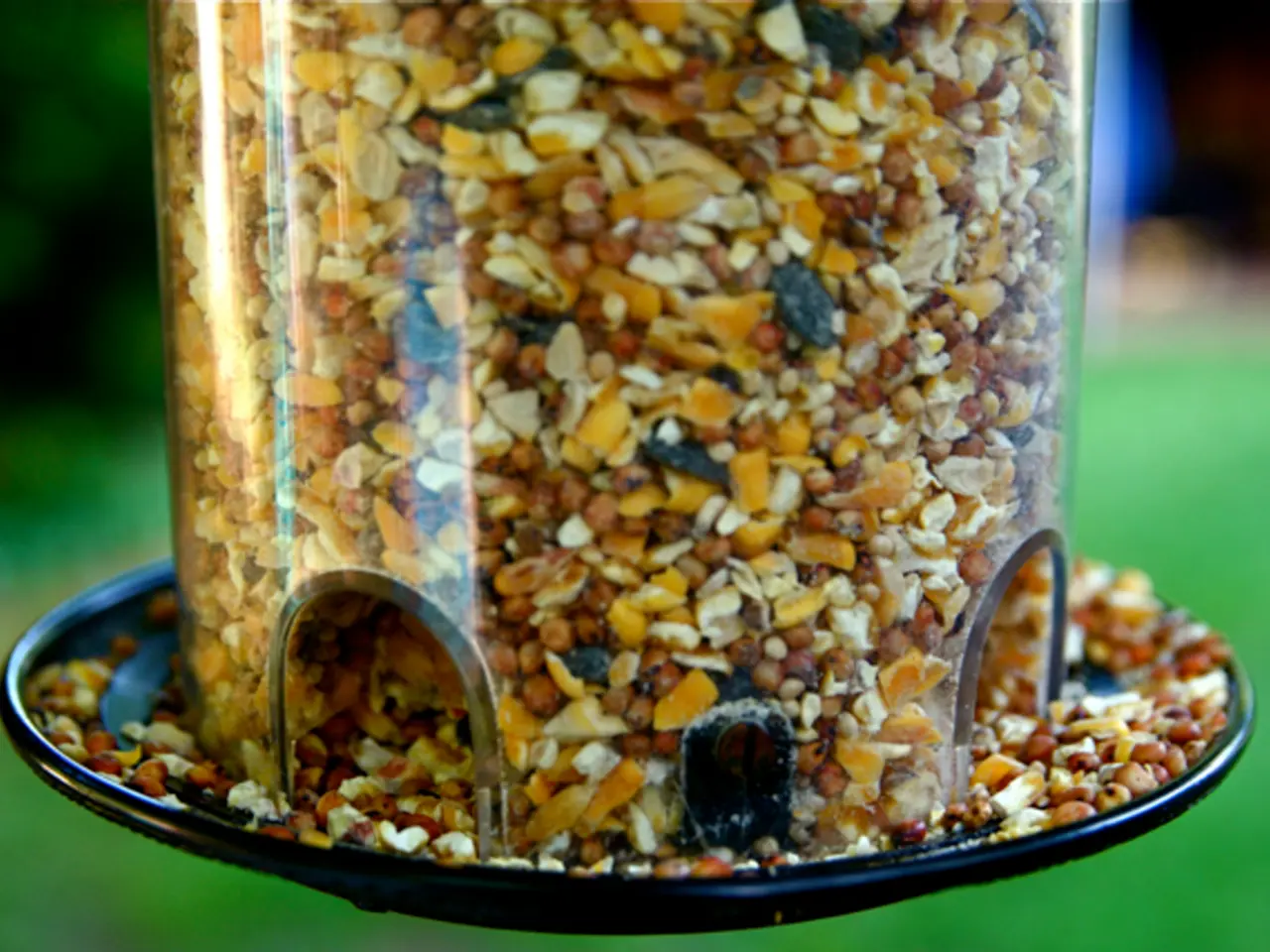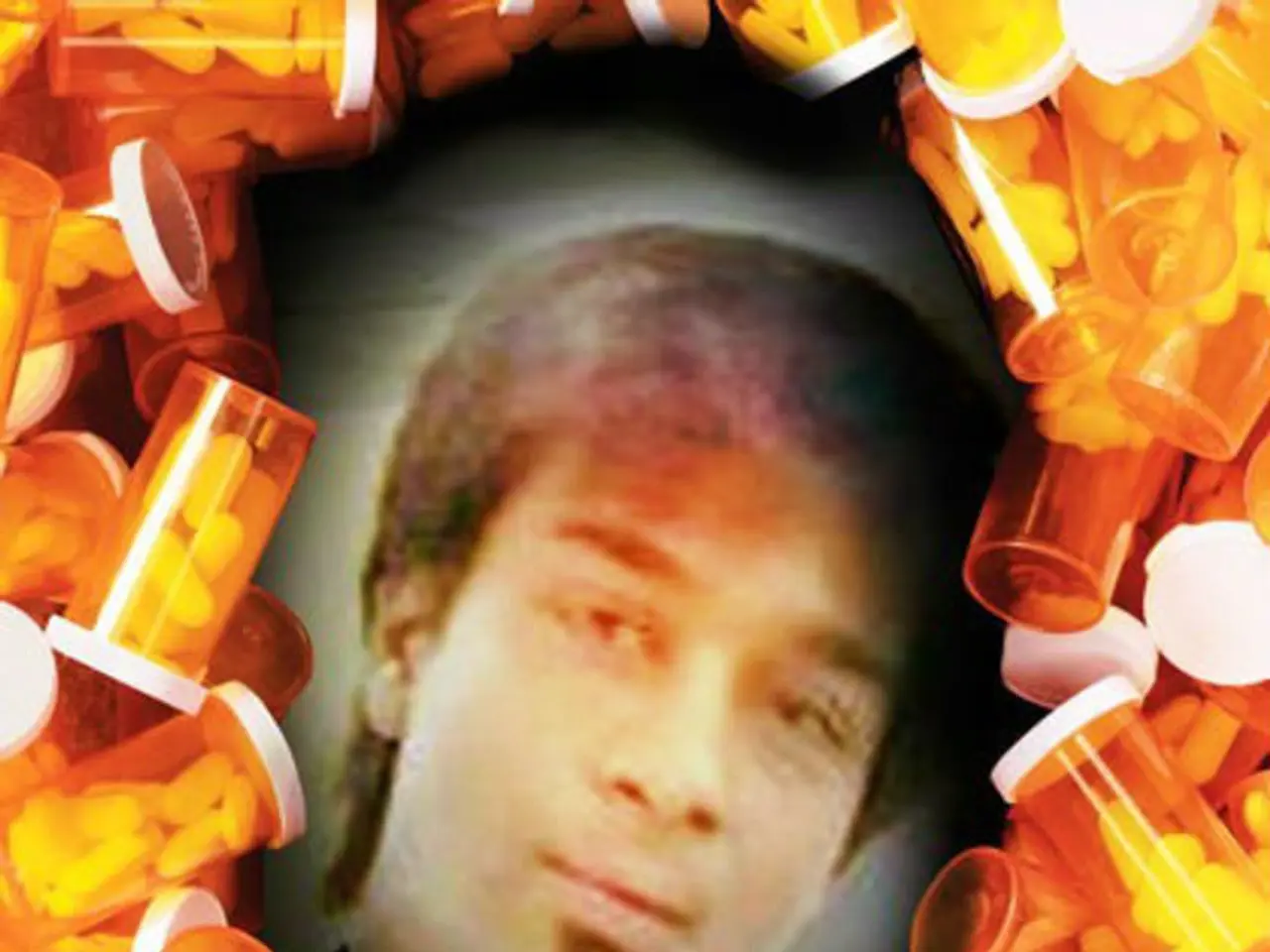Injury to the Penis: Causes, Medical Treatments, and Home Solutions
**Common Causes, Symptoms, and Treatments for Cuts on the Penis**
Cuts on the penis can be a cause for concern due to their potential sources and associated symptoms. This article aims to provide a comprehensive overview of the common causes, symptoms, and treatments for cuts on the penis.
**Causes:**
1. **Self-grooming accidents:** Accidental cuts or nicks during shaving or trimming pubic hair are common causes of superficial cuts on the penis. To reduce the risk of injuries, using a clean, sharp razor, wetting the hair and skin thoroughly, using a shaving gel or cream, standing up while shaving, and avoiding distractions can help.
2. **Friction:** Irritation and small cuts can occur due to excessive or rough sexual activity, masturbation, or wearing tight or abrasive clothing. Using lubricants during sexual activity, wearing loose-fitting, breathable underwear, and allowing time for healing can help prevent friction-related cuts.
3. **Sexually transmitted infections (STIs):** Certain STIs such as herpes simplex virus (HSV), syphilis, or chancroid can cause sores, ulcers, or painful breaks in the skin of the penis that may appear as cuts. Prompt evaluation by a healthcare provider is crucial for STI-related lesions.
4. **Yeast infections:** Candida infections can lead to inflammation (balanitis) and small fissures or cracks in the penile skin, especially under the foreskin in uncircumcised males. Antifungal creams or ointments prescribed by a doctor can treat yeast infections.
**Symptoms:**
- Visible cuts, sores, or ulcers on the penile shaft or glans (head of the penis). - Redness, swelling, or tenderness around the area. - Pain or discomfort, especially during urination or sexual activity. - Possible discharge, itching, or burning sensation if infection is present. - In STI-related lesions, pain may be accompanied by systemic symptoms like fever or swollen lymph nodes.
**Treatments:**
- **For self-grooming cuts:** Clean the area gently with mild soap and water, apply an over-the-counter antibiotic ointment to prevent infection, avoid sexual activity until healed, and use proper grooming techniques and appropriate tools to prevent further injury.
- **For friction-related cuts:** Use lubricants during sexual activity, wear loose-fitting, breathable underwear, and allow time for healing.
- **For STIs:** Seek prompt evaluation by a healthcare provider, who may prescribe specific antibiotic or antiviral medications depending on the infection (e.g., antivirals for herpes, antibiotics for syphilis). Avoid sexual contact until lesions are fully healed and treatment is complete.
- **For yeast infections:** Antifungal creams or ointments prescribed by a doctor, maintaining good hygiene, keeping the area dry, and considering oral antifungal medications for severe cases.
If cuts or sores are persistent, recurrent, or accompanied by severe pain, swelling, or systemic symptoms, it is important to consult a healthcare professional for diagnosis and appropriate treatment to prevent complications.
While the search results focused more on conditions like phimosis and circumcision, these are relevant to penile health and complications that may arise if cuts or infections are untreated, emphasizing the importance of medical evaluation for penile injuries or lesions.
Other symptoms of STIs may include painful urination, itching around the genitals or anus, unusual discharge from the penis or anus, and swelling or redness. People with symptoms of an STI should see a doctor or visit a sexual health clinic for treatment.
Cuts from friction can occur nearly anywhere on the penis, including the frenulum, which connects the head of the penis to the shaft. Lesions from STIs and other infections can sometimes resemble cuts on the penis. Treatment for a cut on the penis may include antibiotic or antiviral medication for STIs, antifungal cream or oral drug for yeast infections, and medicated ointments or creams to relieve itchiness and irritation.
Preventative measures include washing the penis regularly and drying it thoroughly, wearing comfortable, well-fitted underwear, using a condom or other barrier method during sexual activities, using lubricant during sexual intercourse, keeping the penis moisturized, and taking care when grooming pubic hair. Scratching affected areas may lead to small cuts or tears in the skin of the penis, which should be avoided.
Candidiasis, or thrush, is a yeast infection that can affect the penis, causing symptoms such as redness, itching, irritation, and discharge. If you experience any of these symptoms, it is essential to seek medical attention.
In conclusion, understanding the common causes, symptoms, and treatments for cuts on the penis is crucial for maintaining penile health and addressing potential issues promptly. Always consult a healthcare professional for proper diagnosis and treatment if you experience any concerns.
- A fungal infection of male, called candida or thrush, can affect the penile skin, causing redness, itching, irritation, and discharge.
- Multiple sexual partners may increase the risk of acquiring sexually transmitted infections (STIs) that can cause cuts or ulcers on the penis.
- Sexual health is also linked to overall health, as STIs like HIV and herpes simplex virus (HSV) can have systemic effects.
- Police officers, firefighters, or those who engage in regular sports activities are more susceptible to friction-related cuts on the penis due to their physically demanding work.
- Women should be aware of their partner's penile health as certain STIs, like HIV, can be transmitted from men to women during sexual contact.
- Colitis, an inflammation of the colon, can lead to mouth ulcers, a dry mouth, and, in some cases, genital ulcers, including those on the penis.
- Diabetes management is essential for maintaining vaginal health and reducing the risk of fungal infections in both females and males.
- A fungal infection of female, called vaginal candidiasis, can cause symptoms like itching, burning, andirdness, similar to those in males who experience a penile fungal infection.
- Predictive models can help identify individuals with a higher risk of resistant fungal infections, including those affecting the genitals.
- Bipolar disorder and mental health conditions can impact sexual health and interactions by altering sexual desire, performance, and satisfaction.
- Age-related diseases like Alzheimer's, macular degeneration, or sclerosis can affect mental health, which in turn may impact sexual health and overall physical fitness.
- Regular skin care and sun protection can prevent dryness, lesions, and skin diseases, including those on the penis that may resemble cuts.
- AQ water, a pH-balanced water, can be beneficial for maintaining skin- and hair-care routines and overall hygiene, promoting healthier, more resilient skin on all parts of the body.
- Maintaining a healthy lifestyle, focusing on health-and-wellness, fitness-and-exercise, mental-health, and skin-care, will help reduce the risk of cuts, STIs, and other Penile health issues.




